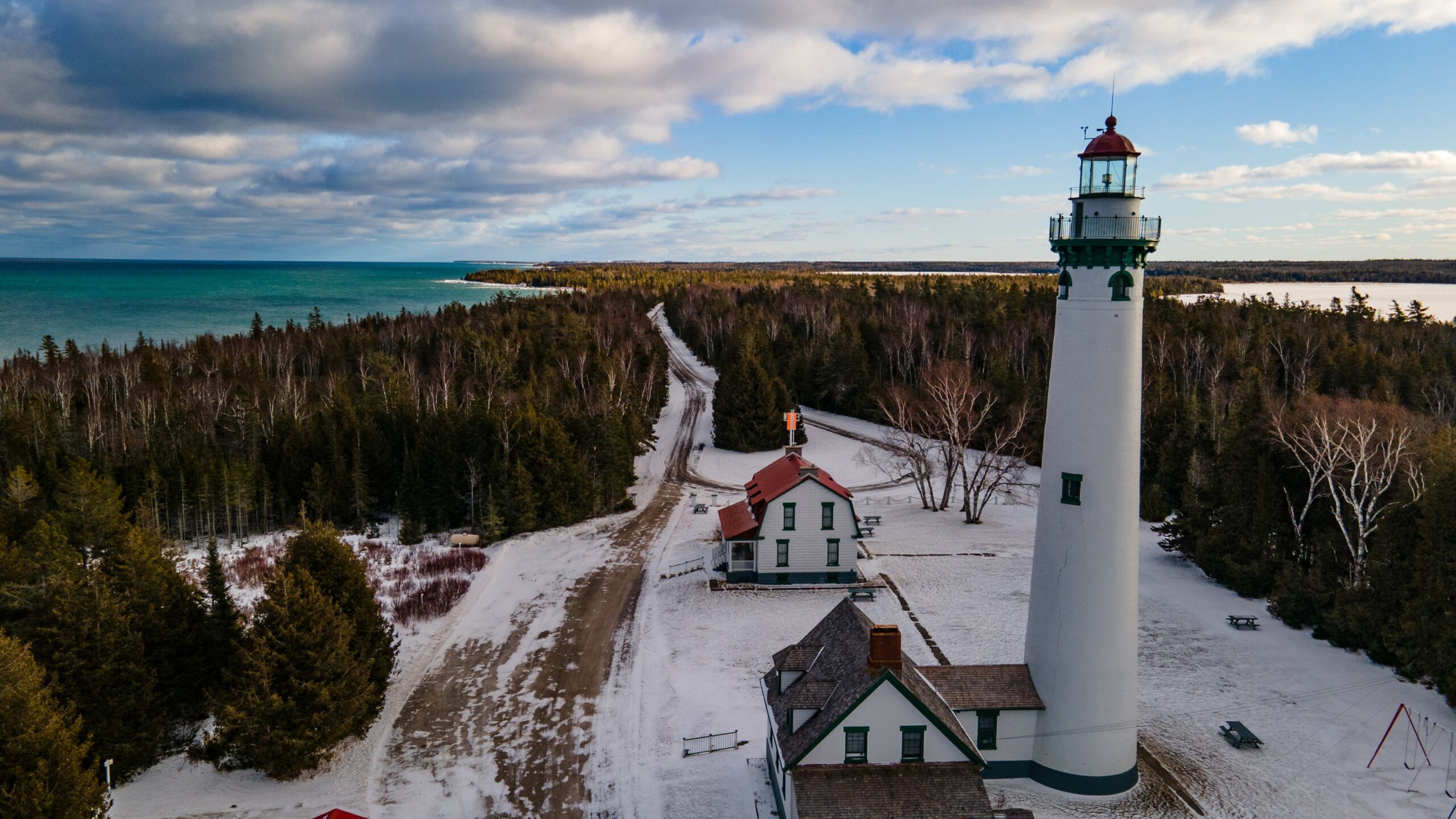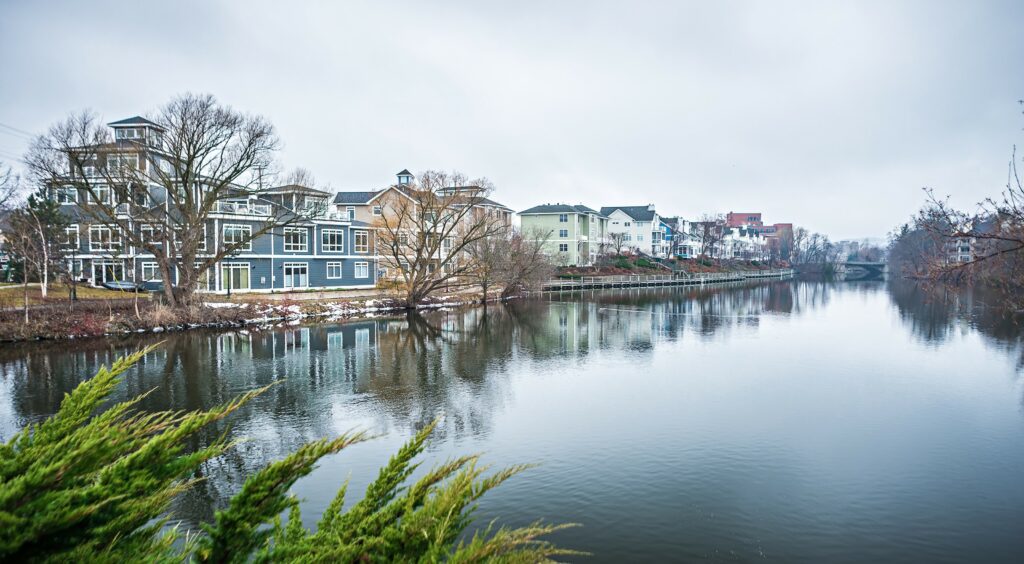
Heavy Rain, Flooding, and Chance of Severe Weather Staring Down the Southern U.S.
January 22, 2024
Posted: February 8, 2023 11:19 am





Return to Moderate Temperatures in Store for the Weekend
The same dynamic weather system that brought severe weather to the southern U.S. on Tuesday will produce snow for a large part of the northern U.S. beginning late Wednesday and lasting through Thursday. The snow will develop along the northern edge of the weather maker as the moisture associated with the system meets up with the cold air that is currently entrenched in this part of the country. Although the system will move through at a fast clip, it will be enough to cause some travel disruptions and other issues. Here is what you need to know about this powerful storm system.
You are not alone if you live in the Midwest and have been confused by the weather over the last few weeks. A roller coaster of temperatures has taken residents for quite the ride this February. After experiencing unseasonably warm weather this past weekend, the mercury is set to drop again as winter weather makes another appearance.
The good news for those ready to stay goodbye to winter for good this year is that the snow is not forecast to hang around for long. However, the rate of snow could complicate travel and disrupt the work week for many people living in a zone stretching from northern Missouri up through Michigan’s Upper Peninsula.
You can expect the snow to fire up in the overnight hours Wednesday into Thursday. Northern Missouri, Iowa, and Wisconsin will see the first flakes fly with the moisture moving to the northeast as the day continues.

The zone stretching from central Iowa into Michigan should be prepared for a widespread 3 – 6 inches of snow over a 24-hour period. Forecasters also warn that areas that see rain to start the day Thursday will not necessarily be safe from snow. Falling temperatures could cause the rain to transition to snow along the boundary of the front. For instance, Minneapolis is expected to dodge any significant snow accumulation, however, the Twin Cities cannot rule out a few snow flurries later in the day Thursday or after the sun goes down.
The same story will unfold for Chicago with only a few isolated snow showers or flurries in the forecast for Thursday afternoon or evening. Any snow that does fall is not expected to accumulate enough to create any major issues for the Windy City.
It has been a fairly mild winter for Chicago, currently measuring 14.2 inches of snow at this point in the season. This official measurement at Chicago O’Hare International Airport is well below the average of 23.8 inches that the city typically records by February 7. The forecast does not indicate much more meaningful precipitation in the coming days.
There is also some uncertainty about how far south the snow line will fall in Wisconsin. The college town of Madison may start the day with rain but will likely see this moisture transition to snow later in the afternoon. Up to 3 inches of snow may coat the area by the time the snow wraps up.
Snow moving in during the day Thursday may create a messy afternoon commute for many communities. For instance, those in Green Bay, Wisconsin will want to keep a close eye on the road conditions and leave work early to beat the worst of the precipitation.
The bulk of the snow activity is forecast to move out of the Upper Midwest by late Thursday. However, lake effect snow may produce another inch or two of accumulation for Michigan’s Upper Peninsula on Friday.
The topsy-turvy weather pattern will continue into the weekend with warmer air forecast to move across the Midwest behind this storm system. Sunday is shaping up to be particularly warm with forecast temperatures hovering about 10 degrees above average for the second weekend in February. Once again, residents of the nation’s heartland can expect to be teased by more springlike weather.
Did you find this content useful? Feel free to bookmark or to post to your timeline for reference later.

January 21, 2024

January 19, 2024

January 18, 2024